Growing, caring for and reproduction of ivy, its use in folk medicine
Common ivy is the most common type of ivy, it belongs to the Araliaceae family. Ivy came to us from Southern Europe and Southeast Asia, where it grew in deciduous forests.
Content:
- Description of the plant
- Ivy species
- Growing ivy in the garden and room
- Ivy breeding
- Useful properties of ivy and its use in traditional medicine
Description of the plant
Ivy features:
- Plant has a climbing or creeping shape, it is an evergreen plant that has branching shoots.
- A large number of aerial roots are located on the branches.
- Common ivy in natural conditions can grow up to 30 meters in length.
- Common ivy has long-stemmed leaves, arranged alternately, 3, 4 or 5 lobed.
- The leaf has a core base, they themselves are dark green in color, and the veins are lighter. The surface of the leaf plate is glossy, the leaf is leathery.
- The flowers have no decorative value, they are small, inconspicuous, yellow-green in color.
- The stamens are peeking out of the flower.
- Ivy also has fruits, these are small round berries.
Now more than a hundred different varieties of common ivy have been bred, each of which differs in the size and shape of the leaves, shade.
The most popular are varieties that have variegated color of leaves or small leaves. There are varieties with a star-shaped leaf, with a corrugated edge, with yellow leaves and a spotted color, there are green leaves with a white edging.
Ivy prefers mountainous areas in subtropical climates, in Europe, Asia and North Africa. The best habitat for ivy is shaded areas in forests, rock slopes. Ivy twines around rocky places, thus rising to a great height, clinging to its aerial roots. As the plant grows older, ivy stems increase in diameter, gradually lignify. Due to the existing arrangement of the leaves, they do not shade each other. At the same time, this makes it possible to get the maximum amount of sunlight, scientifically called sheet mosaic.
The flowers on ivy are bisexual, the fruit is yellow or black, each fruit contains 3-5 seeds.
Ivy is grown both in garden plots and indoors in pots. On site, it is used for vertical gardening, as a soil crop or as an ornamental plant in hanging pots.
Ivy species
In natural conditions, only 16 different types of ivy grow.
Three of them can be found most often:
- Kodkhidsky.
- Pastukhov.
- Ordinary.
The prevalence of other species can be understood by the name: Azores, Algerian, Iberian, Irish, Canary, Cypriot, Chinese, Colchis, Crimean, Madeira, Moroccan, Nepalese.
Colchis ivy:
- Evergreen shrub, has the appearance of a liana, can rise up to 30 meters in height.
- The shoots are different, they can be thin, or they can be dense. The leaves are most often shiny, whole, occasionally three-lobed.
- If you rub the leaf in your palms, you can smell the nutmeg.
- Colchis species tolerates frost worse than other ivy species, but its distinctive feature is its rapid growth.
- At home, it is used for vertical gardening, there are several forms: tree, jagged, purple.
Ivy shepherd:
- It is in the list of plants in the Red Book.
- It is an evergreen plant, liana-like, with a maximum length of 10 meters.
- The growing season lasts from July to October, as in other species, but flowers do not appear.
- You can propagate ivy only by grafting... The cold winter does not endure well.
Common ivy:
- It can also rise high, its flowers are small, unremarkable.
- The plant loves warmth, develops well in shaded conditions, grows slowly, durable.
- It is used for various purposes, as an ornamental, soil-growing plant or for vertical gardening.
If the name of a plant mentions "ivy", then it is not always about it. We can talk about the following plants:
- Asian poison ivy - the scientific name of the eastern toxicodendron, belongs to the Sumakhov family.
- American Poison Ivy is also a rooted toxicodendron and belongs to the same family.
- Amur ivy is actually a daurian moonseed.
- Boston ivy is a maiden triangular grape.
- Wax ivy is a fleshy hoya.
- False ivy is a large-reed groundwort.
- Scandinavian ivy is a southern plectrantus.
- Devil's ivy is epipremnum, and Swedish ivy is the same Scandinavian, only with a different name.
Real ivy grows well in warm countries, under the open sun.
Growing ivy in the garden and room
When growing ivy in your area, it is important to choose the right seedlings, they must be healthy, that is, without yellow leaves and sluggish roots. Shoots should be numerous and resilient.
Growing features:
- Plant ivy in spring, the place is chosen bright, but not in the open sun, the plant will best develop in partial shade. The soil should be constantly moist, rich in lime and humus. If the weather is dry, then additional watering is required.
- Ivy does not require top dressing, but water-soluble nitrogen fertilizer can be used to accelerate its growth. This is done only once before the start of the growing season, that is, in the spring.
- Not all types of ivy can survive the winter; it is worth choosing a type depending on the climatic conditions of the region. If we talk about the northern regions, then the part of the plant that will be under the snow is more likely to survive. If the shoots remain in the open air, then there is a risk of frostbite.
- Ivy can be attacked by parasites, most often it encounters a spider mite. It is easy to spot when the plant is covered with white cobwebs, and there are bugs among it. To get rid of the disease, it is enough to use Actellik solution. Spraying the plant once a week can effectively get rid of the problem. Typically, spider mites affect the side that is in the sun.
- Ivy can also suffer from thrips and scale insects. Any insecticides will help get rid of them. Shields can appear from low environmental humidity.
House ivy is a little harder to care for. he is more demanding... Semi-shaded places are also chosen for cultivation. For the plant to bloom, you need as much light as possible, without exposure to open sunlight.
The optimum temperature for active growth of ivy is 25 degrees Celsius. In winter, it does not require changes in temperature, but it is advisable to ensure regular spraying.
In summer, the plant can be taken out on the street or on the balcony.
There are also no peculiarities in watering, in summer, regular watering is ensured, the soil must be constantly moist, in winter the frequency of watering decreases, especially if the ambient temperature is low.
Ivy loves a humid environment, so in the summer you can arrange bath procedures for him, that is, rinsing the leaves under the shower.
Top dressing is carried out during the period of active growth, that is, from March to October. Complex mineral fertilizers are applied every two weeks, which are universal for all deciduous indoor plants.
Ivy breeding
Ivy is somewhat easier to propagate than other plants.
Rooting reaches almost 100% of the cuttings. All year long ivy can be propagate by apical cuttingsby placing them in water, they will quickly take root. In order for the plant to branch well and be stronger, pinch its stalk immediately after planting on a site or in a pot.
You can transplant the plant twice a year, each time picking up a larger pot. For ivy to grow actively, it is important to remember to keep the soil moist.
Ivy can be propagated by a whole shoot:
- For this, a shoot is taken, on which at least 8 leaves grow.
- This shoot is placed on the surface of the sand and pressed.
- All leaves must remain on the surface.
- Within a week and a half from the aerial roots, which were in the sand, underground roots are formed.
- After that, the shoot is removed from the sand, and carefully cut so that each stalk has one leaf.
Reproduction is usually carried out in spring or summer, during the period of active growth, and not hibernation of the plant. If the length of the adventitious root is more than 10 centimeters, then you shouldn't even put it in the sand for rooting: you can cut it into pieces and plant it directly into the ground.
Now you can plant cuttings on the site or in a pot, from this moment it will begin its active growth.
Experts advise treating the cuttings with root hormone powder. In exceptional cases, individual cuttings will take longer to root than others. This is more a feature of ivy than a disadvantage.
Useful properties of ivy and its use in traditional medicine
Common ivy has a large amount of healing properties... In folk medicine, all its shoots, and leaves and woody parts are used.
The leaves are used young and are used in the treatment of obesity, skin diseases. From ivy, infusions, herbs, ointments, gels, compresses are made.
Wood is more complicated. The stem is peeled from the bark and cut into pieces, from which it is made for future use. This part of ivy is used to make infusions for oral administration.
The healing properties of ivy are achieved due to the unique composition of ivy, it contains:
- Carbohydrates (galactose, stachyose, raffinose, sucrose, glucose, fructose).
- Steroids (cholesterol, spinasterol, stigmasterol, sitosterol, etc.).
- Triterpenoids.
- Essential oils.
- Flavonoids.
- Carotenoids.
- Iodine.
- phenolcarboxylic acids.
Ivy wood, which contains saponosides, has expectorant and antispasmodic properties. The leaves are also more essential for soothing a tearing cough.
Scientists have found that the active substances in ivy wood relieve spasms. Experimentally proved its expectorant and antifungal properties.
Medicines that contain ivy help fight bacteria and tumors.
Ivy-based preparations are used to treat lingering coughs and acute bronchitis.
Ivy leaf creams and gels are used externally for purulent dermatoses and excess weight. In cosmetology, ivy helps to get rid of cellulite. The anti-inflammatory and early healing properties of ivy allows it to be used in the treatment of diuresis, vasoconstriction or vasodilation (the effect depends on the dose taken). The plant has tonic and tonic properties.
The infusion is drunk not only for bronchitis, but also for diseases of the gallbladder, rheumatism, gout, for rehabilitation after operations and protracted diseases that deplete the body.
Outwardly, ivy is used to combat warts, calluses, in the treatment of burns and wounds.
If a woman has leucorrhoea, then the vagina is washed with ivy infusion. As a homeopathic remedy, ivy helps with rhinitis, rickets and prostatic hypertrophy.
It is worth noting that ivy is poisonous plant, therefore, in no case should it be used in excess of the prescribed dose and without first consulting a doctor. Children or animals who accidentally swallow ivy can get poisoned.
More information can be found in the video.



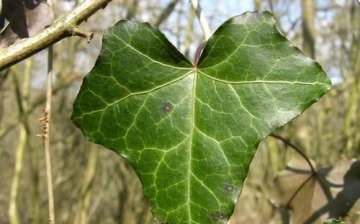
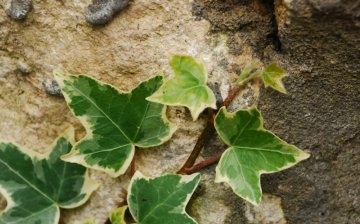
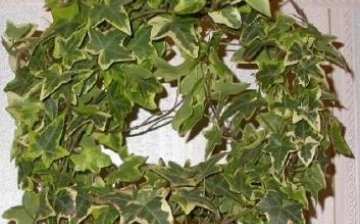
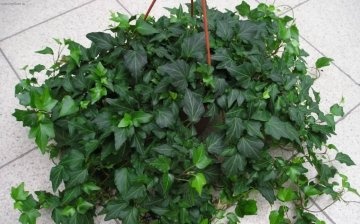

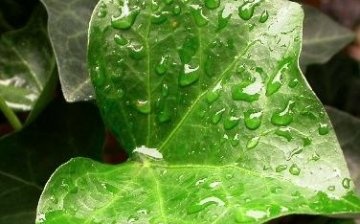






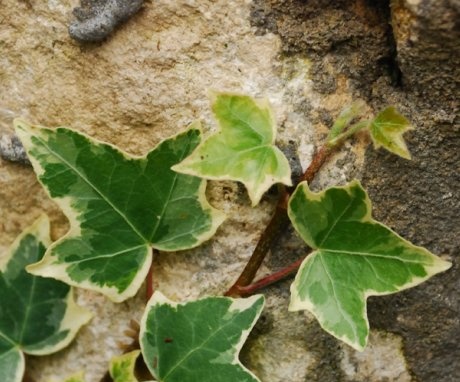
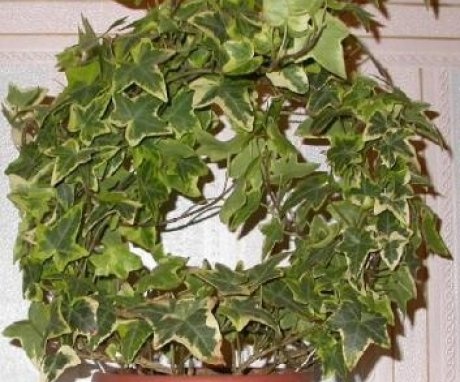
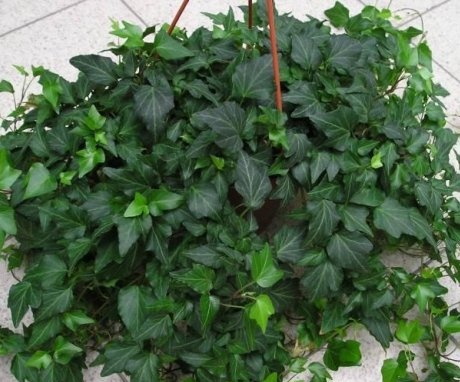
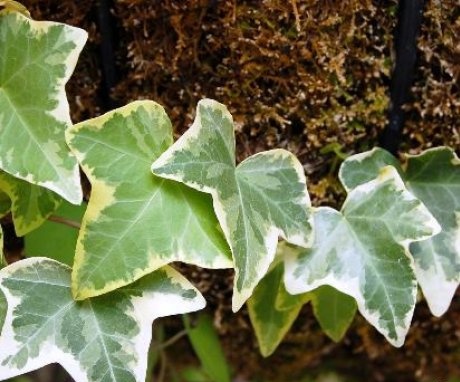
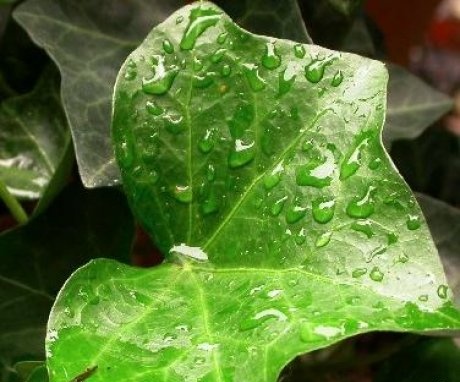
For me, ivy is, first of all, an ornamental plant, with the help of which you can create a beautiful hedge in the garden or decorate the wall of the house. I haven't used ivy's medicinal properties yet. I think this is my oversight.